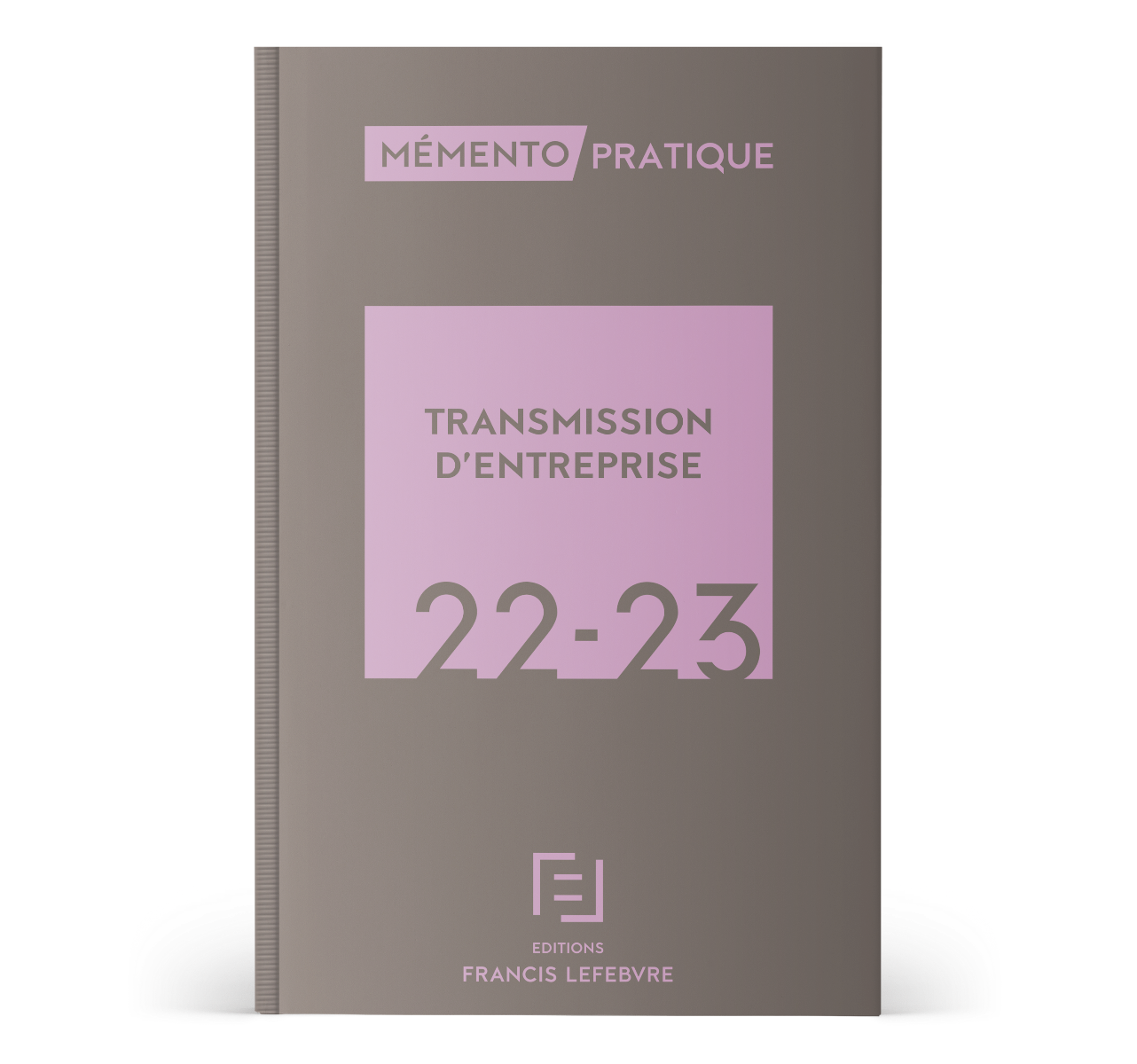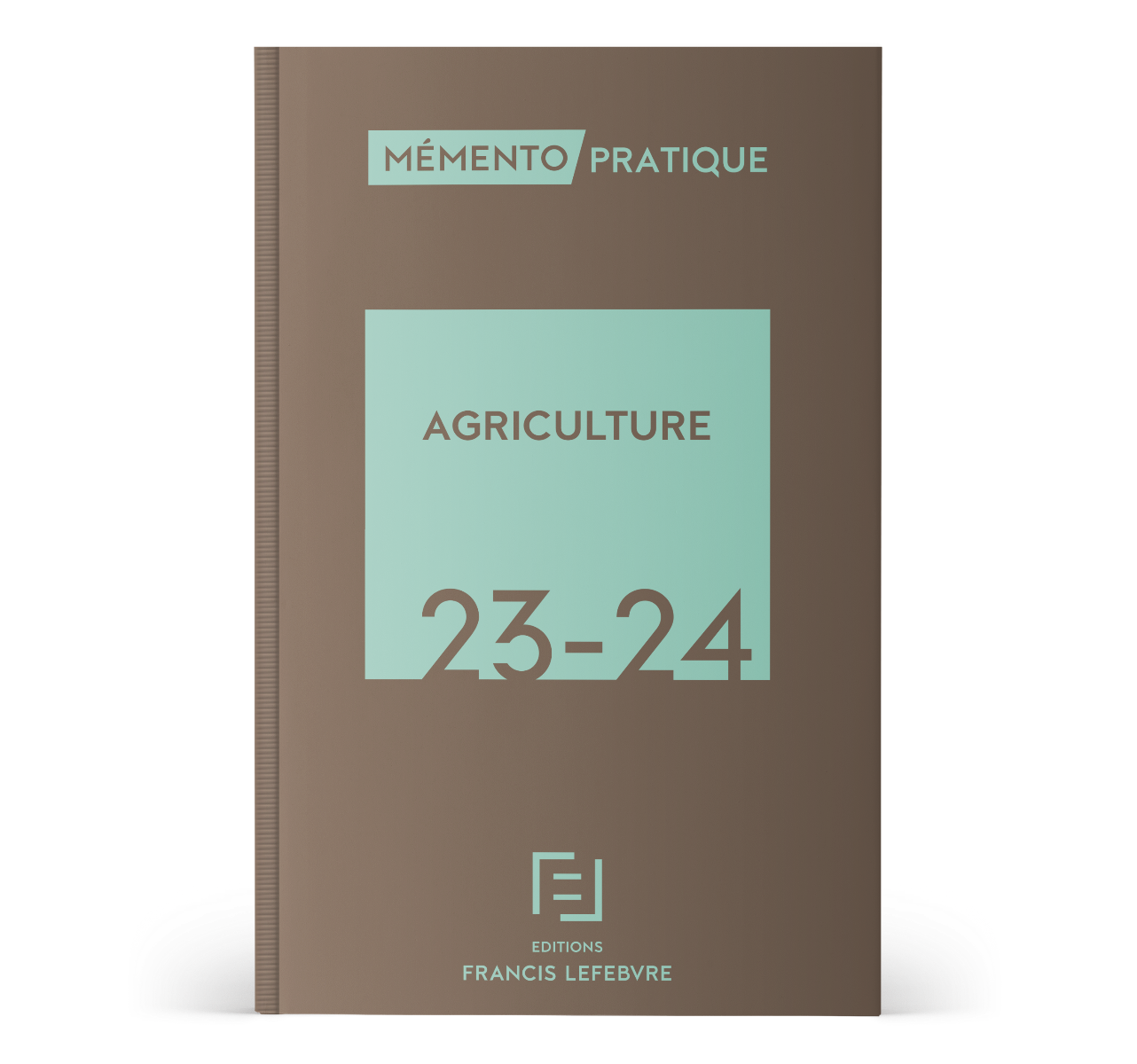The U.N.’s 2019 tax treaty negotiation manual contains several changes reflected in its updated 2017 model tax treaty, including revisions developed as part of the OECD’s base erosion and profit-shifting project.
The Manual for the Negotiation of Bilateral Tax Treaties Between Developed and Developing Countries, which also covers fees for technical services and entitlement to treaty benefits, was finalized and adopted during the 18th session of the U.N. Committee of Experts on International Cooperation in Tax Matters in New York April 23-26.
The manual notes that commentaries on the U.N. Model Double Taxation Convention Between Developed and Developing Countries and the OECD Model Tax Convention on Income and on Capital “constitute the most authoritative source of information on the interpretation of these provisions.”
“Changes have been made to all parts of the manual. Important changes have been made to Section II, which has been expanded and revised to better cover the process of negotiating and concluding tax treaties (how to prepare a model, how to assign roles to the members of a negotiating team, etc.),” Jacques Sasseville, former head of the OECD tax treaty unit who is now an interregional adviser at the U.N., told Tax Notes in an email. “The main changes, however, were made to Section III, which summarizes the main policy and drafting issues arising during the negotiation of the typical provisions of tax treaties. These changes were made necessary by the large number of changes that were made in 2017 to both the U.N. and OECD models, which are the basis on which almost all tax treaties are negotiated. Section IV on Improper Use of Tax Treaties was similarly amended to reflect the substantial number of antiabuse rules added to the U.N. and OECD models in 2017.”
Section III addresses the most controversial aspects of tax treaty negotiations, including the permanent establishment concept and its application to business profits, and withholding tax rates for payments of dividends, interest, royalties, and fees for technical services.
“From a practitioner standpoint, the commentaries to the OECD model income tax treaty or the U.N. model income tax treaty are much more helpful in determining what a particular provision means and how to apply it. Similarly, the commentaries can be relevant in dealing with a dispute with a tax authority regarding how to interpret a tax treaty provision,” said attorney John L. Harrington of Dentons. “Nonetheless, it is a valuable document for its target audience.”
“The revised manual has already started being used in training workshops provided by the U.N. and the OECD,” Sasseville said.
By Annagabriella COLÓN
Cet article est extraite de notre service d'actualité Taxnotes.






